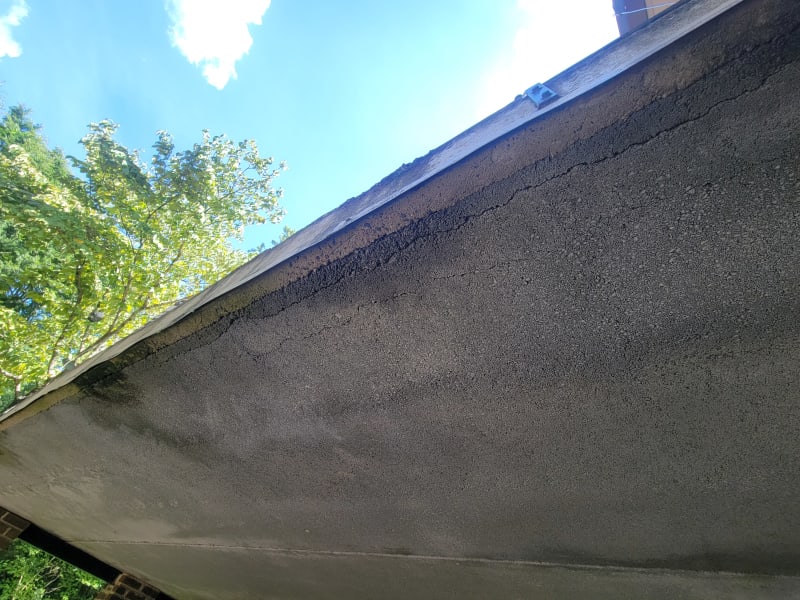grogannc
Structural
- Jan 21, 2014
- 63
Dumb question but do hollow core planks normally have stirrups in them? I can't seem to find any info on it.
Follow along with the video below to see how to install our site as a web app on your home screen.
Note: This feature may not be available in some browsers.
grogannc said:The planks are 4ft wide x 24 ft long and the exposed steel runs in the 4ft direction


DTS419 said:ACI 318-19 has raises the bar with shear reinforcement requirements and I have questioned how some precast products like hollow cores get by without any Av,min. But then again, most hollow core is prestressed which can help with shear
